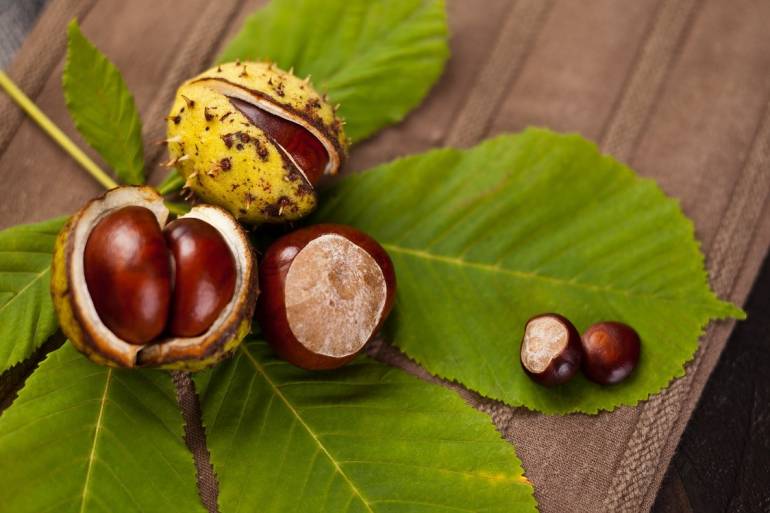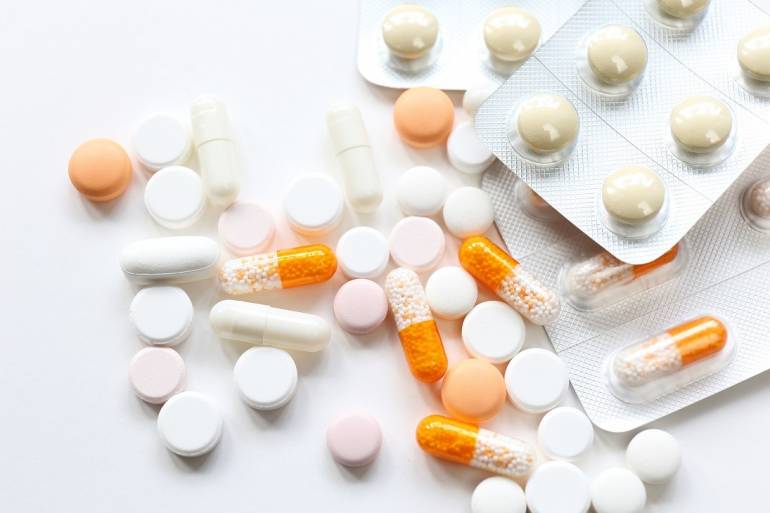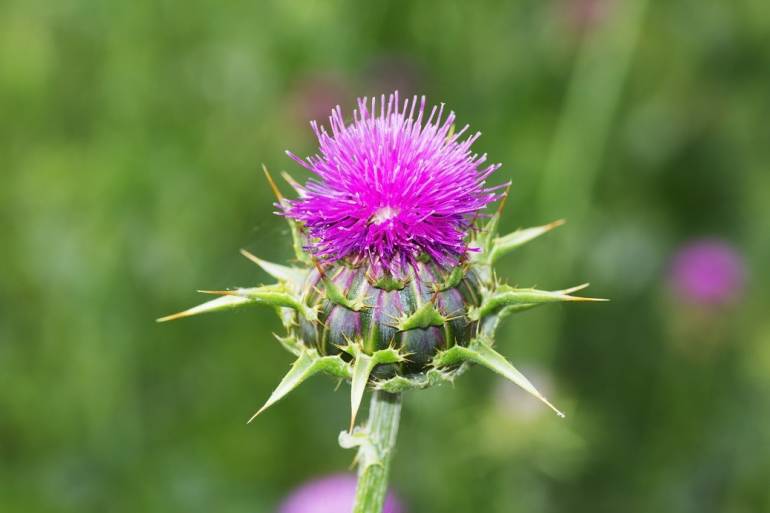The liver is a large organ, located in the upper right side of the abdominal cavity. It is also an organ that performs many vital functions related to the synthesis, metabolism and storage of compounds produced or introduced into the body from outside. Every day, the liver is affected by a myriad of factors, some of which can lead to damage to this organ.
Such a condition often produces no symptoms, as the liver has no innervation. Disorders of the organ can be evidenced by malaise, general fatigue and weakness. Liver dysfunction also leads to digestive problems – causing bloating, a feeling of heaviness and abdominal pain, as well as nausea. In blood tests, however, elevated levels of liver enzymes (ALAT and AspAT) and bilirubin are observed.
Over time, changes in the structure of the organ can occur, leading to steatosis and fibrosis, or cirrhosis. Particularly dangerous to the liver are:
- alcohol abuse,
- Chronic use and abuse of drugs,
- Exposure to toxic substances,
- bacteria, parasites and viruses that cause hepatitis (especially hepatitis B and C),
- Biliary stasis, caused by complete or partial obstruction of the bile ducts,
- A high-fat diet that causes changes in bile composition.
Plant extracts with a protective effect on the liver
Of the substances of natural origin with hepato-protective effects, the best clinically studied compound is undoubtedly silymarin, isolated from spotted thistle. Much research has also been devoted to phospholipid compounds, isolated from soybeans. Extracts of artichoke, turnip herb, yarrow herb, dandelion root, St. John’s wort herb and bindweed herb also show liver-supporting activity.
Spotted thistle (Silybum marianum)
The medicinal properties of thistle were already known in Antiquity (described by Theophrastus in the 4th century BC). The active part of the plant is the seeds, from which a complex of flavonolignans called silymarin (the most important of which is sylbin) is extracted. These compounds protect liver cells from toxic agents and support the regeneration processes of the damaged organ. Silymarin is an antioxidant, has an anti-inflammatory effect, and inhibits fibrosis processes and the penetration of toxins into liver cells. In addition, it stimulates protein synthesis in damaged organs and reduces the level of „bad” cholesterol and triglycerides. Scientific papers also suggest anti-rheumatic and anti-tumor activity of silymarin.
Soybean phospholipids (Glycine max)
Phospholipids, obtained from soybeans, are esters of polyunsaturated fatty acids. After oral administration, these compounds are absorbed into the bloodstream and then incorporated into biological membranes, increasing their fluidity and stimulating membrane transport. In the case of the liver, we speak of the so-called stabilization of hepatocyte membranes. Clinical studies confirm their usefulness in treating steatosis and hepatitis caused by alcohol abuse and viral infection (mainly hepatitis C). Like silymarin, phospholipids have a beneficial effect on cholesterol levels, helping to increase its solubility in bile ducts and thus preventing the accumulation of cholesterol deposits.
Silymarin plus phospholipids in one drug
A unique combination of two substances with documented hepato-protective and hepatoregenerating effects can be found in Essylimar®. One tablet contains 100 mg of a silymarin-phospholipid complex with 30% flavonolignans (calculated as silibinin) and 1.5% phosphorus. Such a combination is advantageous and gives an optimal therapeutic effect due to the use of two different mechanisms of action of compounds of natural origin – silymarin and soy phospholipids.
Use of Essylimar®
Failure to adhere to the dosage of liver-protective preparations is a common mistake of patients using them. These preparations should be taken three times a day, after a meal. Depending on the severity of the problem, 1 or 2 tablets can be taken at a time, according to a dosage schedule of 3×1 or 3×2. The length of treatment in chronic conditions should be a minimum of 2-3 months.
See also: liver preparations and medications.
Contraindications and side effects of Essylimar® drug
The product is safe and has virtually no side effects, making it suitable for long-term therapy. It may occasionally cause mild gastrointestinal disturbances and a slight laxative effect. It is best taken after a meal.
Due to the lack of sufficient studies, Essylimar is contraindicated for children under 12 years of age and pregnant and nursing women.







